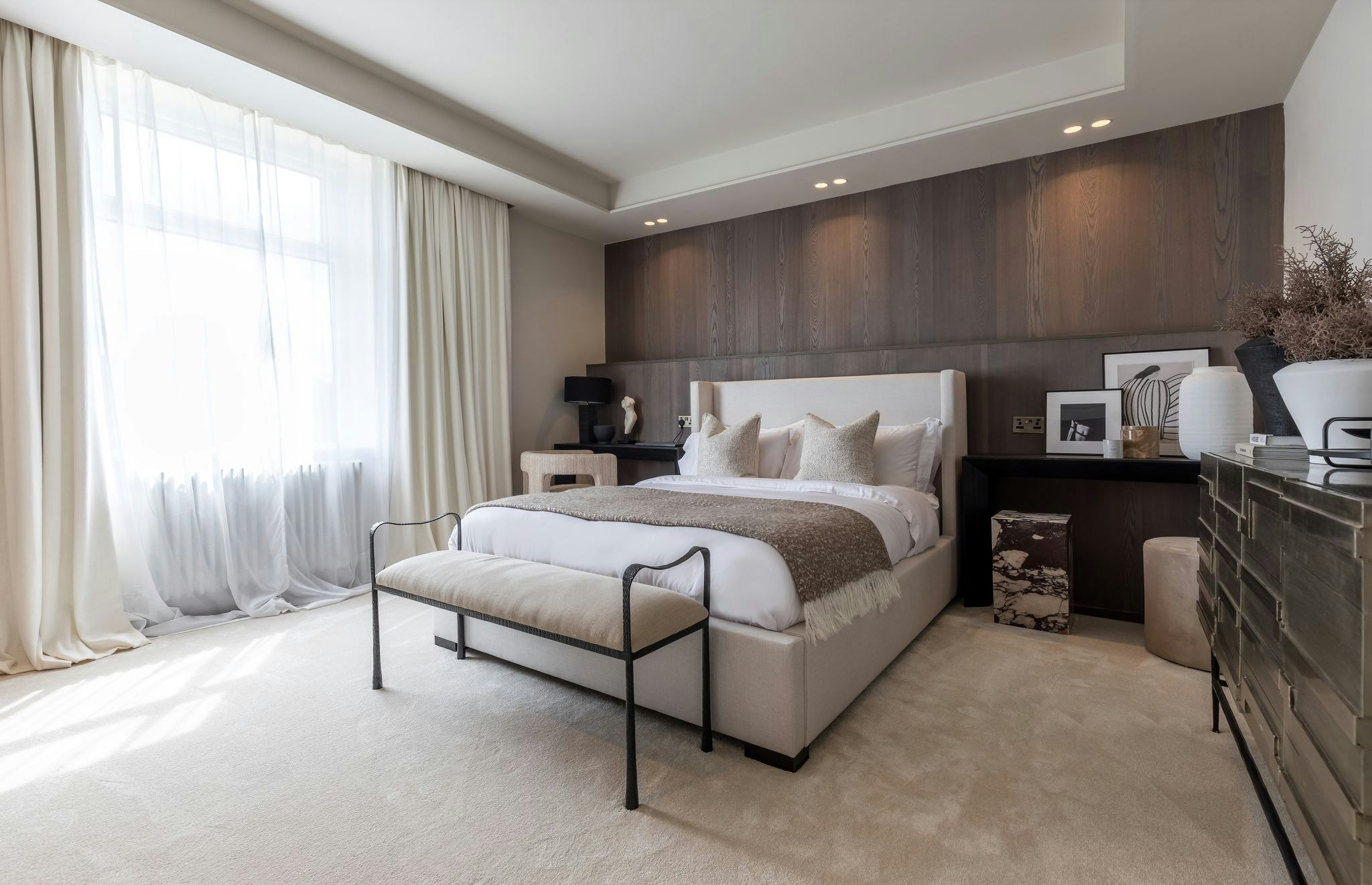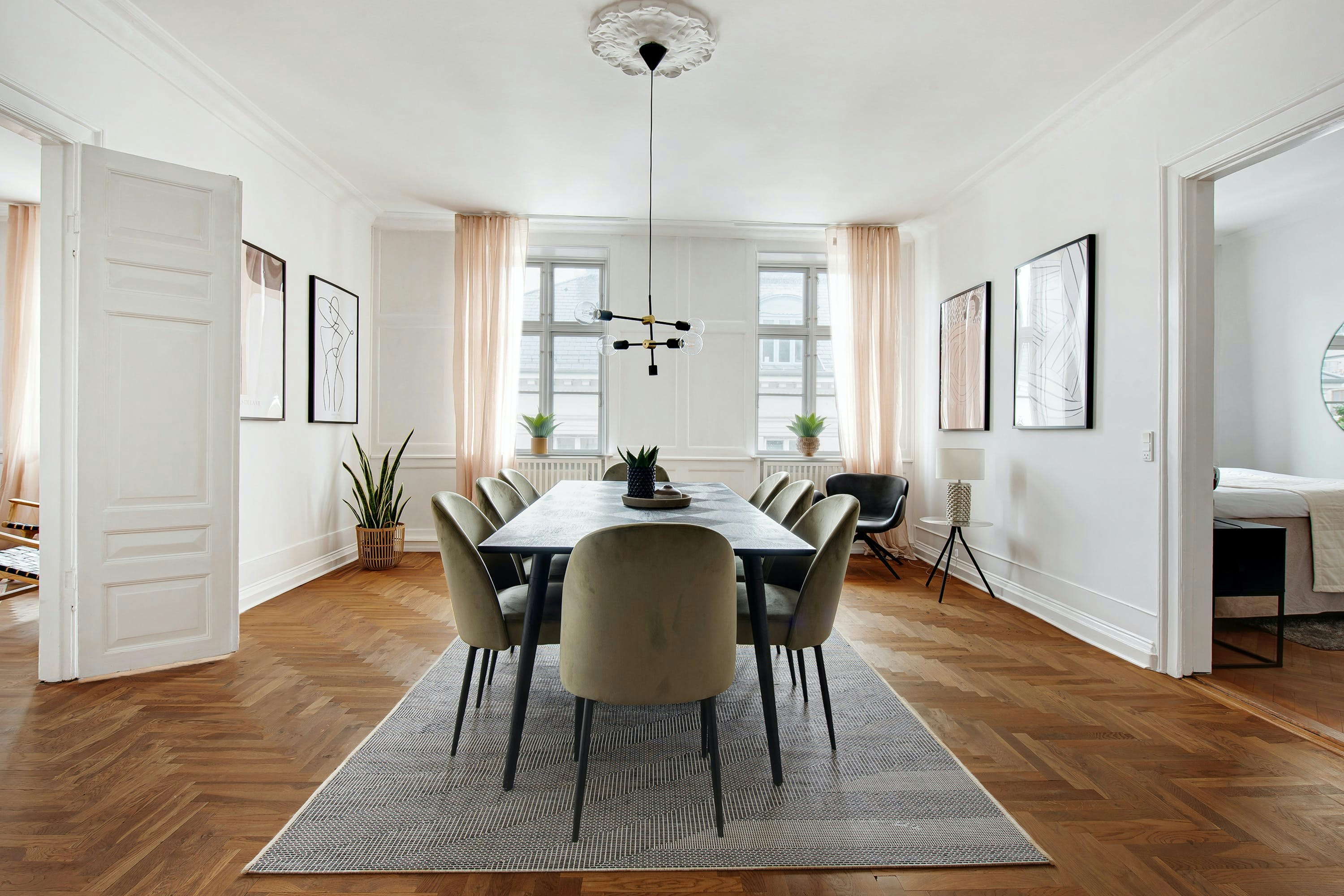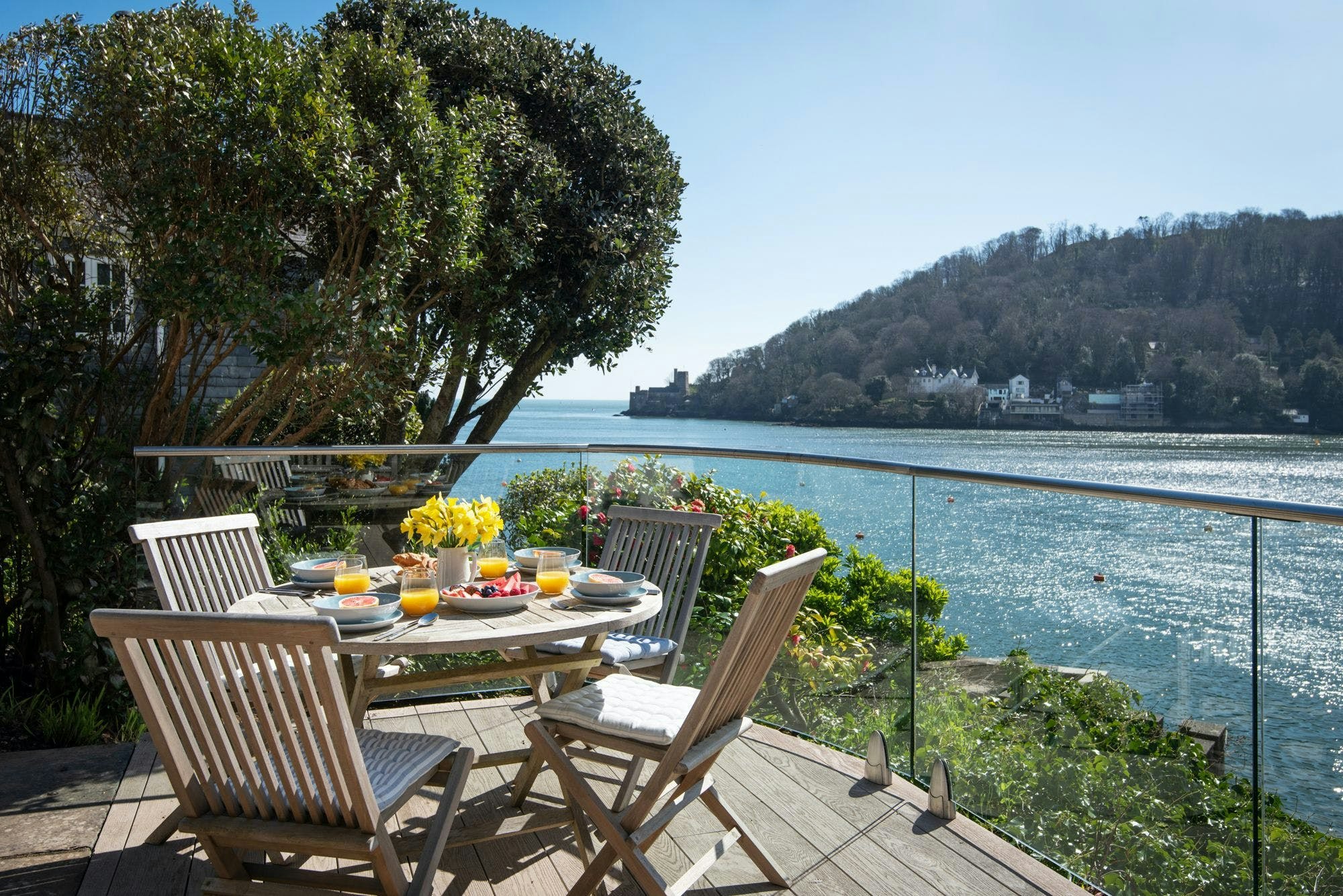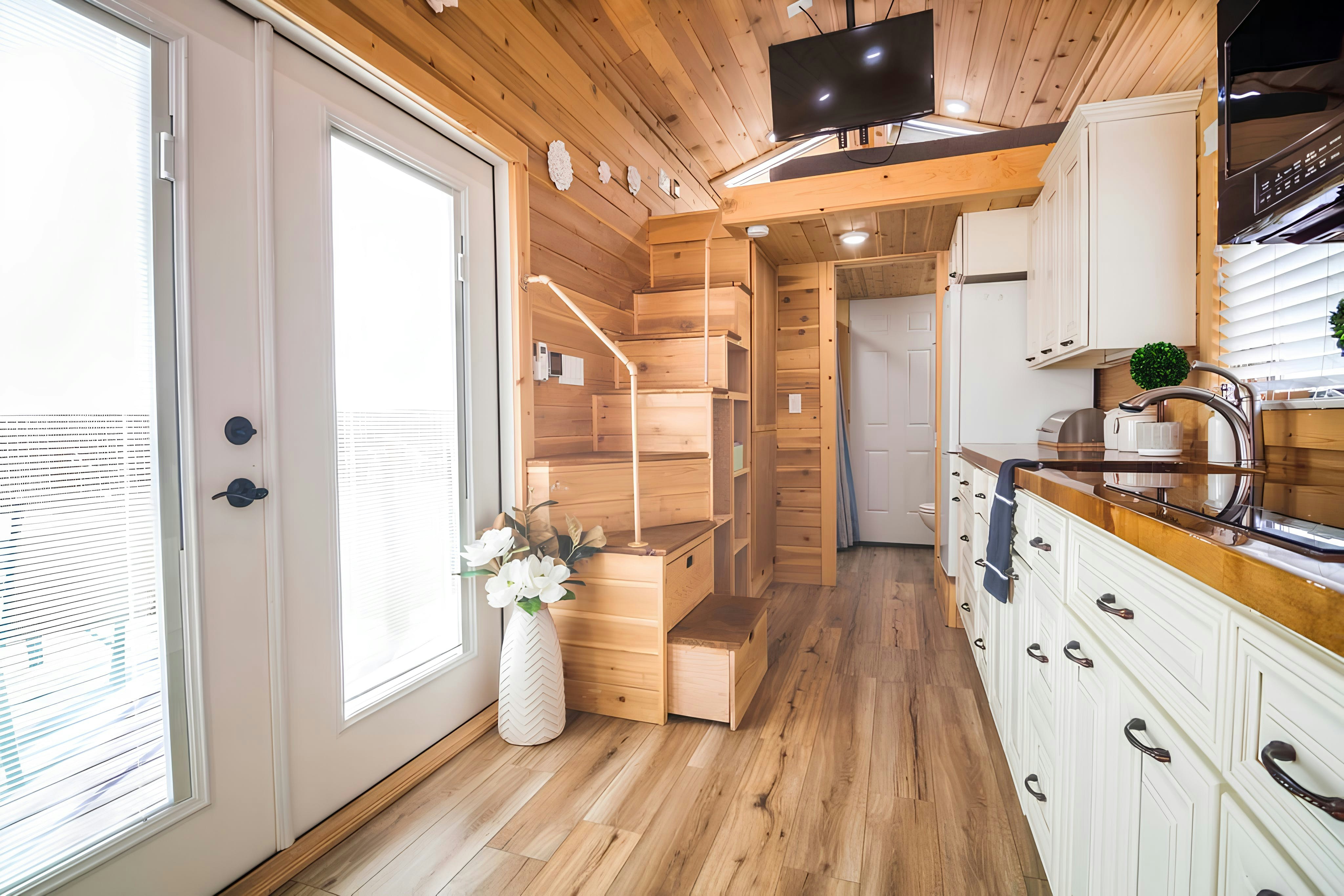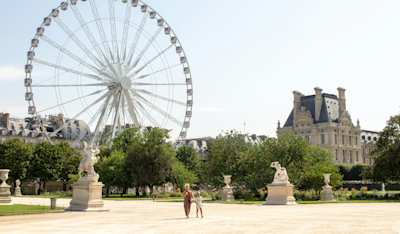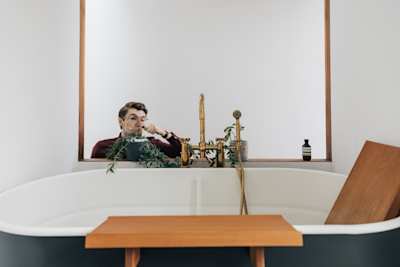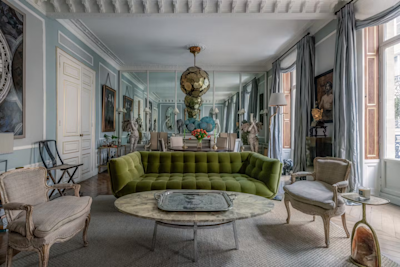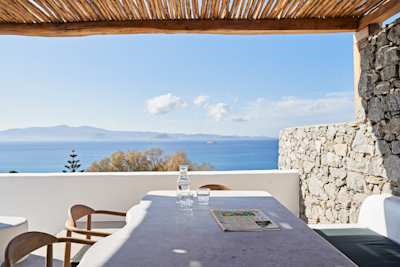Beyond the basilica: Visiting Sagrada Familia, Barcelona
Beautiful streets, stretching avenues, sun-soaked surroundings and of course the basilica itself make this area as enriching for the senses as it is for the soul.
~
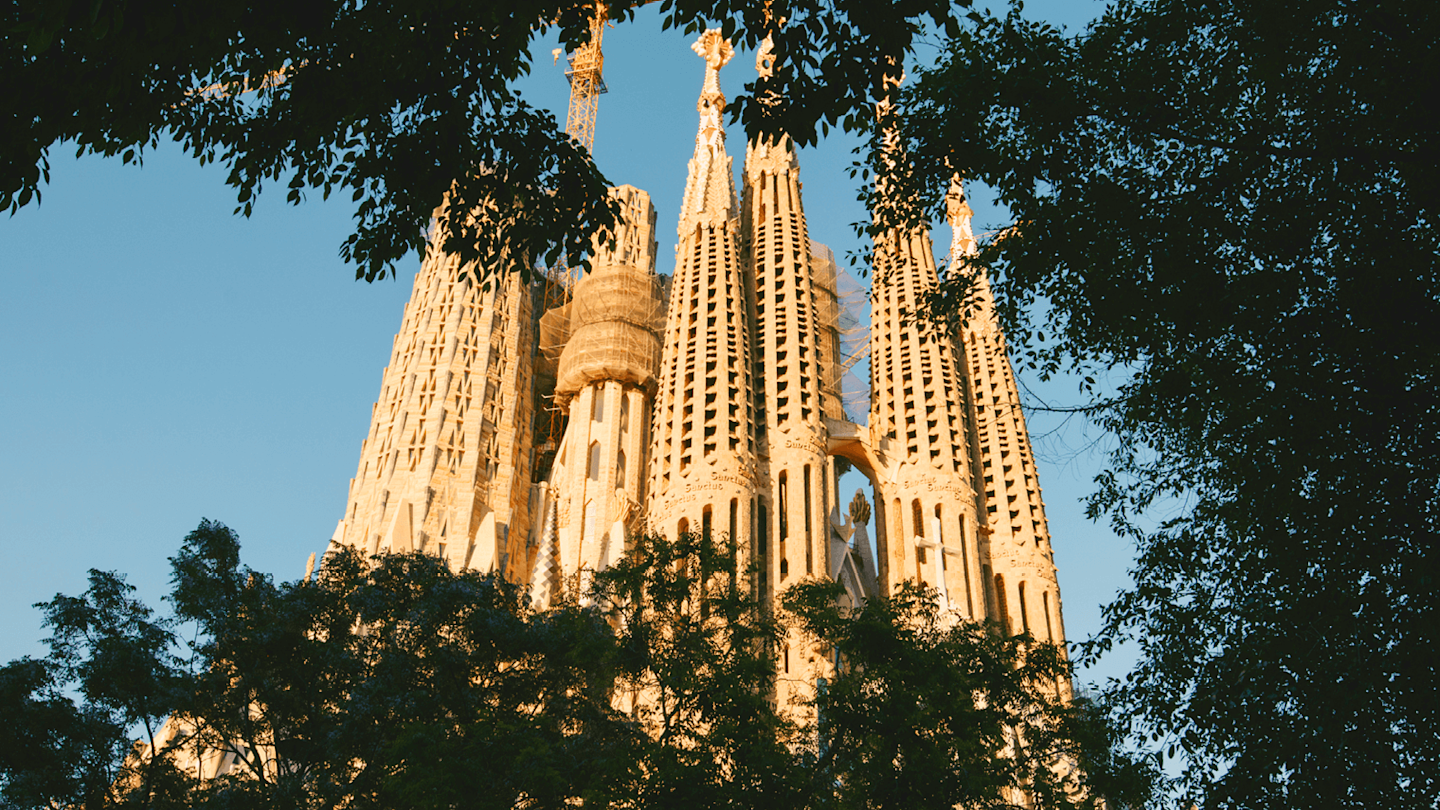
Internationally renowned, The Sagrada Familia, in the north of Eixample, draws a large number of visitors each year and why wouldn’t it? Regardless of how many times you may have seen it, it's a marvellously unique – some might say surreal – sight to behold. What’s more, despite its popularity, if you time your visit just so, you’ll feel like you have it all to yourself.

When to visit
All year round: The weather may change, but what you lose in heat you gain in free space. Regardless of climate, the neighbourhood is still beautiful and full of life. From April to September, Avenida de Gaudí plays to its full potential with outdoor seating and blooming trees stretch all the way from the basilica to Sant Pau Hospital.
On a more granular timeline, Mondays are the quietest in the area and more specific still, I would recommend you explore the area in the morning or after 5 pm. In the evenings both the strong heat and touring crowds disperse and you’re left with beautiful light, locals, and travellers staying nearby.
There are two parks either side of the basilica, both equipped with playgrounds and stunning views, making the area family friendly, and a great place to relax.
What to do
Well, there’s the obvious: You’re in the neighbourhood of one of the most incredible structures in the world, so start there. Gaudí's Sagrada Familia began construction in 1882, 137 years ago. If all goes to plan it will be completed in 2026, 100 years after his death. Celebrated for its unique, passionate and personal interpretation of Gothic architecture, it is a building like no other, a true testament to the life and style of Gaudí’s and his work. Difficult to put into words, the exterior is an almost overwhelming accumulation of stunning spires, twists and facets. The interior is designed and shaped to deliver a masterclass in light and form that will leave you speechless in blissful appreciation.
As a self-proclaimed light connoisseur, I would recommend visiting around 11 am in the morning or 5/6 pm in the evening (earlier in the winter). At that time the light passes fully through the temple, creating extraordinary colours. In the evening there is a similar effect but with a more golden, mesmerising tone. You will also find the evening to be quieter. If you are planning to enter the basilica I strongly recommend purchasing tickets online beforehand. Not only will this allow you to skip the tedium of the queue but you’ll be able to spend more time enjoying yourself.
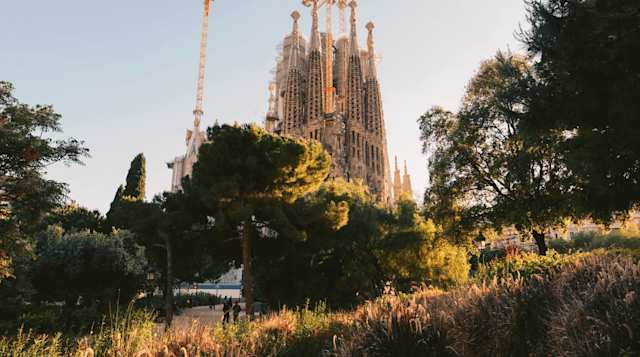
My own favourite time to wander around the area is from 7 pm onwards. The golden light of a Barcelona sunset shines on the Basilica and cuts through the trees of the adjacent parks, the Plaça de Gaudí park being my personal favourite. Find a bench by the lake, and witness atmospheric reflections as you take a well-earned break.
La Sagrada Familia connects to Avenida de Gaudí, a pedestrianized passageway that cuts diagonally through four city blocks. It is full of restaurants and bars with outdoor seating that stays busy well into the night. It’s a joy to walk along and be able to see the basilica standing powerfully in the background.
At the top of the Avenue, after your partial uphill ascent, you will find the Recinte Modernista de Sant Pau. An art nouveau complex, formerly a hospital (the new hospital remains onsite, along with a university). It was designed by Lluís Domènech i Montaner, an influential leader in the Catalan modernism movement. He believed that the sick could be healed sooner if their recovery was in a beautiful place. It’s a concept that can be cleary seen in the designs of the hospital; a stunning building within charming grounds. It’s often overlooked by tourists, which makes it a bit of a gem especially as it’s just a short walk from La Sagrada Familia.
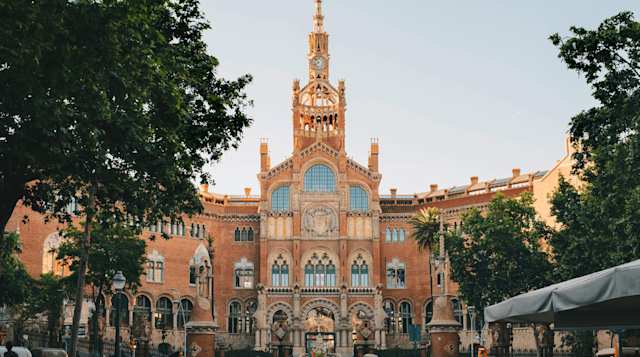
Using the basilica as the pivot point and swinging south-east from here you’ll find La Monumental, an Art Nouveau building which was once used for bullfighting (Catalonia banned bullfighting for good in 2010). Today you can explore the exterior as well as the space inside that is now used as a stadium. To the east, you will find El Clot, with markets, small stores and open spaces. To the west, you have Passeig De Sant Joan, a beautiful avenue with many shops and restaurants, and the Mercat de l'Abaceria (this market is full of fresh produce, locally sourced from Catalan suppliers. Highly recommend it if you enjoying cooking!). Further west from here is the beautiful neighbourhood of Gracia – not to be missed, but a trip in itself! Or you can keep following the avenue which leads straight down to the Arc de Triomf and on to Parc de la Ciutadella.
There is truly an abundance of amazing locations at your fingertips, walk off in almost any direction (or use the well serviced and efficient public transport) and you’ll have a remarkable and unforgettable experience.
Eat this
The area is loaded with some fantastic food options. Just off Plaça de Gaudí, on Carrer de Lepant, you’ll find both Paisano Café and a café named Cheese and Cake – great for breakfast, brunch, lunch or anything in between. On the other side of the basilica on Carrer de la Marina there is Fargo Café, with its great selection of coffees and treats.
On Passeig De Sant Joan, you will find La Cava Cakery, standing out with its bright and welcoming storefront it can’t be missed. They specialise in handcrafted cupcakes which come in a range of flavours and perhaps you guessed it: cava ...or a speciality coffee. It’s a beautifully decorated store, and the staff are extremely kind and friendly, so the place to be.
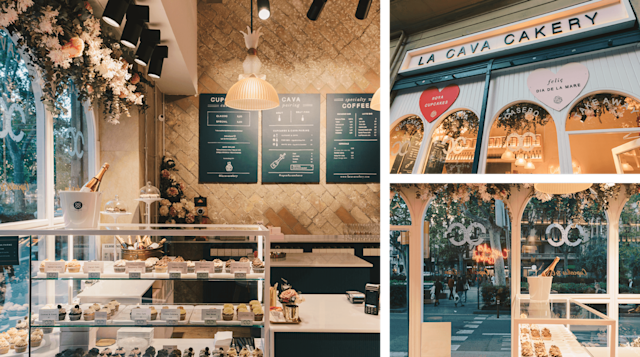
If you are craving Michelin Guide meat-based tapas, head to Bardeni el Meatbar, on Carrer de Valencia. The food is beyond incredible, the space is small and cosy and it’s only a few minutes from the basilica.
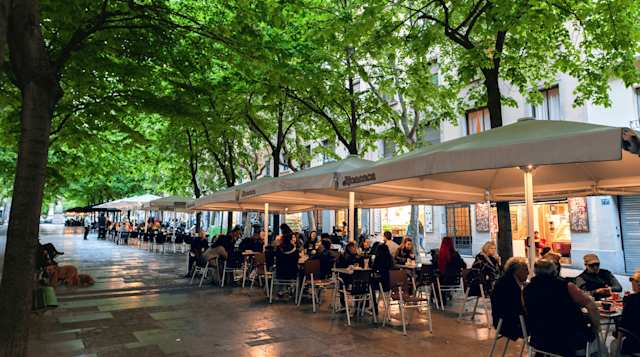
One word of warning: If you are planning to dine on Avenida de Gaudí be careful where you choose. Tourist traps aren’t uncommon and are easily disguised among the lines of outdoor seating. One safe bet is Restaurant la Llesca. Nearly everything is freshly made and it shows. It’s located at the beginning of the avenue and you can enjoy your food in the snug restaurant or outside with a view of the temple.
It may have an unassuming name, but Sports Bar, on Carrer de la Marina, has some of the greatest pizza you are going to taste in this city. It’s dangerously good, in fact, I’d argue the closest place to match the quality is on the other side of the Mediterranean!
Drink this
You might be in Barcelona, but if you are in the Sagrada Familia neighbourhood and thirsty a cocktail isn’t a bad idea. Head to Samba Brasil on Carrer de Lepant for charming music, character and service.
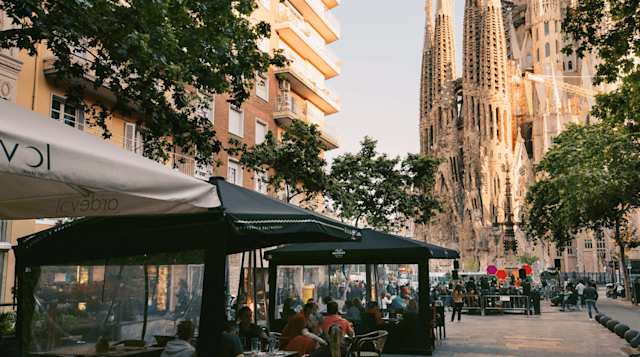
If it’s outdoor ambience you want, Avenida de Gaudí is the place to be. With the Sagrada Familia in the background and the avenue lit up it is comfortable, vibrant and full of fun. You can’t go too wrong with sangria and if atmosphere has an impact on taste, you are in good hands here too! All in it’s a fulfilling way to end the day or even start a late night.
The Plum Guide opens in Barcelona from July 2019 along with five other new cities: Berlin, Copenhagen, Lisbon, Madrid and Tel Aviv. These will join a collection that already includes London, Los Angeles, Milan, New York, Paris and Rome.

